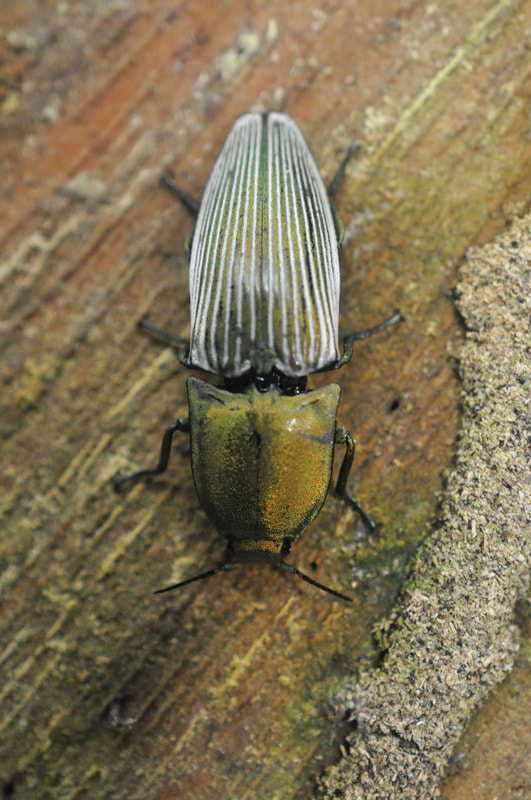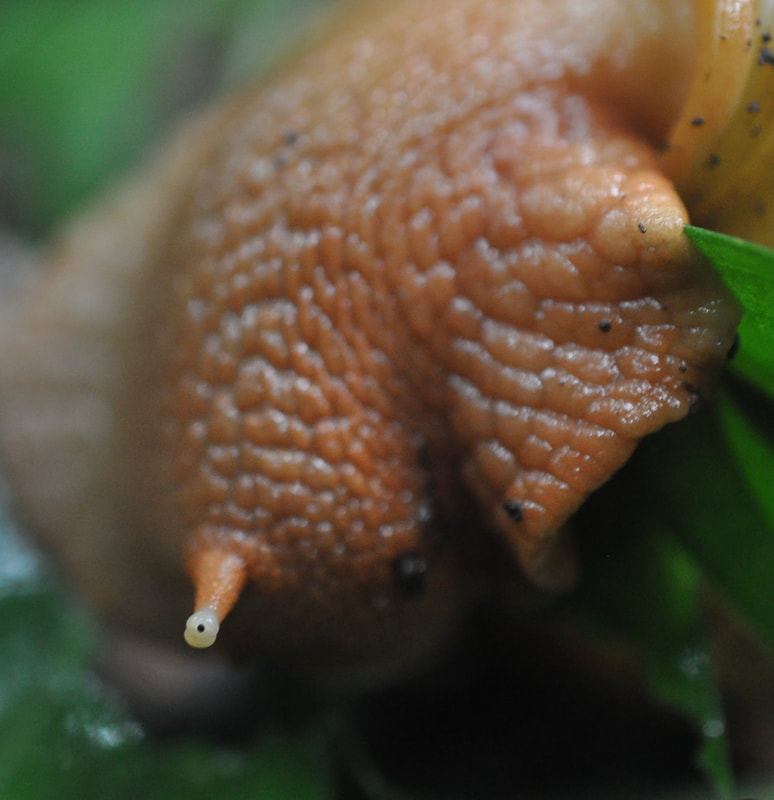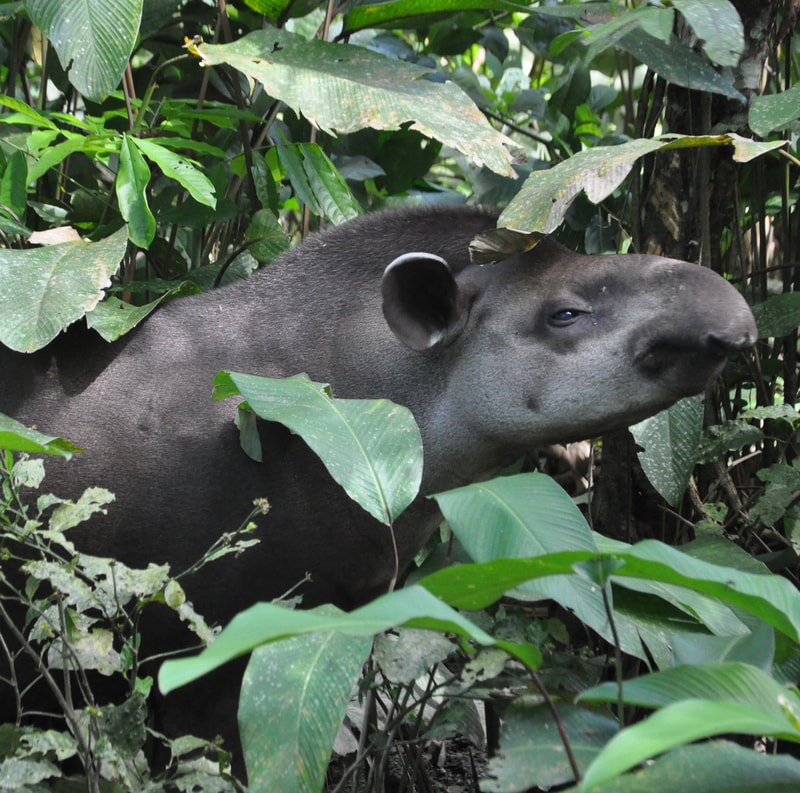Climate Change Solutions Are Missing Something Big
Mass species extinction and global climate change are two interconnected problems impacting our planet. However, the solutions to each problem are not necessarily equivalent. In some cases, the solutions to one problem come at a cost to the other. For example, rewarding land owners for monocultured tree plantations that suck up carbon is not a solution to the biodiversity crisis and in some cases could contribute and exacerbate species loss. Growing trees on grasslands can destroy the existing plant and wildlife that existed in a once rich ecosystem even though these tree crops may absorb carbon and be viewed as a solution to climate change. Or, massive solar panel arrays may help minimize reliance on non-renewable petroleum-based energy, but the creation of vast solar installations in previously undeveloped landscapes can have massive deleterious impacts on native ecosystems.
Many measures currently designed to address climate change actually are in direct conflict with biodiversity solutions. The mass planting of trees for example is a common plan devised by businesses and governments. However, there is little concern for whether these trees are native, whether they will impact the already existing biodiversity and ecosystem function of the existing habitat, or whether they will actually have a net negative impact on carbon release. Many natural areas without trees actually hold large amounts of carbon, such as the Brazilian Cerrado savanna. Planting non-native eucalyptus and pine trees actually draws water out of the system, inhibits growth of native plant species, and ultimately harms the native ecosystem including indigenous communities whose livelihoods are dependent on intact habitat. In other words, large-scale monocultured plantations used to offset carbon are actually deleterious to biodiversity and natural landscapes.
|
The solution is simple. We need to stop treating these issues separately. Neither problem - biodiversity loss or global climate change - can be addressed independently. By protecting and restoring native landscapes we can protect biodiversity, limit release of carbon stores, help improve human health and maintain ecosystem services such as pollination, crop production, and flood control.
Our TCF Biodiversity Certification Program is a means to pair biodiversity loss and climate change. We have created an economic exchange that allows people and businesses to directly invest in the True Value of Nature. TCF protects high value land for consumers or businesses who want to offset their ecological footprint and incorporate the value of biodiversity into their economic decision-making. This allows people and socially responsible businesses to donate or invest directly into conservation projects that offset their impact on nature. TCF invests in biodiversity hotspots, primarily in the tropics. This goes above and beyond simply offsetting your carbon footprint but incorporates all ecosystem services. Please consider joining our TCF Biodiversity Certification Program here. And see Frequently Asked Questions or please email us to see how we can work together to save biodiversity and help fight climate change. Resources
|
|



